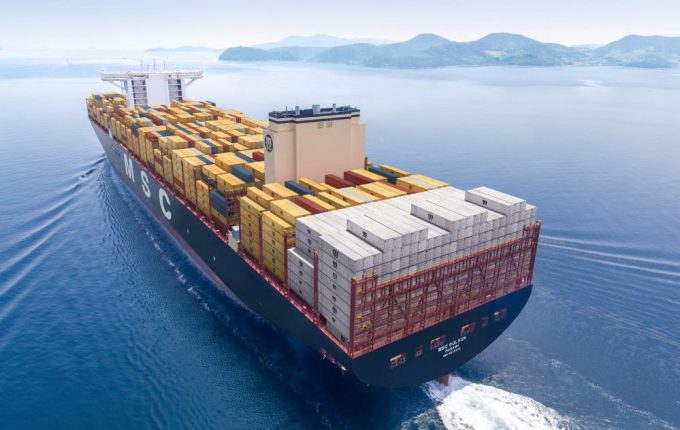News in Brief Podcast | Week 18 | Transpac chaos and Q1 earnings
In this episode of The Loadstar’s News in Brief Podcast, host and news reporter Charlotte Goldstone ...

MSC has joined a growing list of container carriers ruling out operating vessels in the Arctic, due to thinning sea ice round the North Pole.
This is despite the fact that these conditions have made the Northern Sea Route between Europe and Asia increasingly viable for the lines.
The Geneva-headquartered carrier said it would focus on “improving environmental performance on existing global trade routes”, as it had become “convinced that the 21m containers moved each year for its customers can be transported ...
Maersk u-turn as port congestion increases across Northern Europe
Maersk Air Cargo sees volumes fall as it aims for 'margin in favour of revenue'
Keep our news independent, by supporting The Loadstar
Container spot rates diverge: to Europe still falling, but firmer to the US
Hapag-Lloyd won't take bookings if port congestion leaves cargo stranded
Ecommerce likely the front-runner in resurge of transpacific trade after deal
Containership charter market feels the ripples from trade tensions
Airfreight players eye new routes as demand on the transpacific nosedives

Comment on this article
Martyn Benson
October 17, 2019 at 3:49 pmHapag Lloyd also said they wouldn’t go North but COSCO and Maersk have both indicated that they will explore the NSR (in the case of Maersk they already have run one ship that way).
I wonder how Maersk reconciles their alleged climate-friendly approach and reductions of emissions with their choice of Arctic routings? Green-washing?